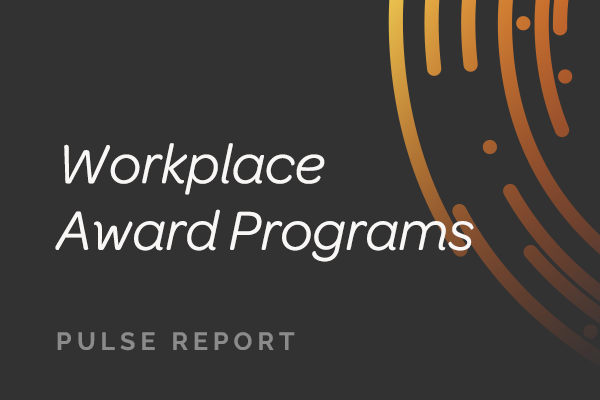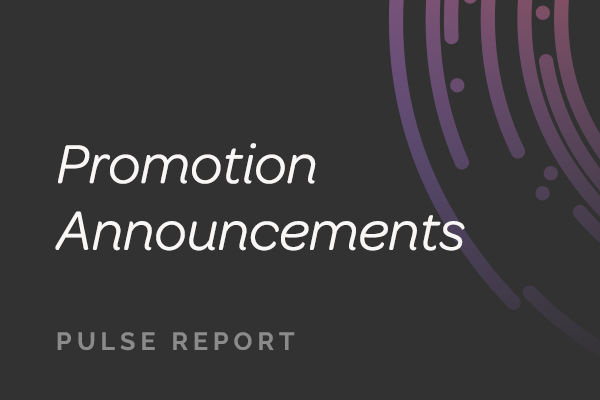
As internal communication teams finalize their annual initiatives at the start of every year, an effective way to develop the tactics they will use is to conduct virtual focus groups.
Focus groups can give you significant insight that goes beyond standard employee surveys. They’re a great tool for communicators who need to uncover workplace opinions about organizational strengths and weaknesses while also inviting fresh solutions to stubborn issues. When done well, virtual focus groups not only demonstrate an organization’s openness to feedback, but also sends a strong signal to employees that their workplace values their thoughts and is committed to innovative and positive change.
Both in-person and virtual focus groups are effective at gathering qualitative insights from employees. However, virtual focus groups offer unique advantages and can be leveraged for all types of organizations, not just remote or hybrid. The widespread adoption and fast maturity of video collaboration platforms has created a new set of tools that communicators can use to collect data such as in-meeting polls and surveys. Paired with a skilled team to conduct the focus groups, virtual focus groups can glean information on topics ranging from internal communication effectiveness to employee benefits to diversity and inclusion sentiment.
Below are some key areas for you to take into consideration if you’re planning on conducting virtual focus groups.
Build your virtual focus groups team
You can execute a successful meeting with as few as three team members:
1. A Moderator who is an impartial individual who leads the discussion and acts as a link between leadership and employees. This person should be responsive and a good listener, command respect, and have a personable manner so participants feel comfortable sharing.
2. A Producer who manages the entire process of planning and conducting your virtual focus groups, which includes communication development, meeting scheduling, poll creation and data collection, and audio and visual coordination. They will operate slides and polls, make sure the session runs smoothly, and will report back to the team after the sessions.
3. A Coordinator who takes detailed notes during each meeting, monitors chat or Q&As, and troubleshoots any issues that may arise.
Please note that at least one member of the team should have a good working knowledge of the focus group’s subject.
Choose your participants
Your attendees should include employees with varied lengths of service, departments, professional levels, and demographics. This will help ensure the insights gleaned represent a relevant cross-section of employees, instead of one group. Keep your virtual focus groups small — 12 to 15 people — to give everyone the chance to participate and allow conversations to flow. If you want to engage a larger cross-section of your organization, you can conduct several virtual focus groups, but make sure they’re each identical and follow the same script and agenda.
Develop the right questions
One of the main goals of a focus group is to quickly, precisely, and transparently ask employees their opinions so you can collect meaningful qualitative data to report back to leadership. Make sure you craft questions that are relevant to the problems your organization deems vital while also providing a trusting environment that allows for candid, off-the-radar insights. Since your meeting is virtual, you can take advantage of the medium and ask a quantitative question first via polling, then dive deeper with open-ended questions. Limit your number of questions (no more than 20!) and keep them brief, friendly and focused. Meetings should last no longer than an hour.
Leverage your video conference platform
Zoom Meetings and Zoom Webinars, Microsoft Teams, Google Meet, and many other platforms offer polling and survey options that can be pre-loaded and batched for use during your focus group. All provide reports – with their tailored metrics – after each session has concluded. When the focus group producer creates and schedules the meeting, they’ll be able to draft, edit, and in many cases batch polls in advance. Remember that the person who creates the meeting may have to be the person who runs the polls.
These services also make it easy to record your virtual focus groups and save transcripts if your team feels it won’t impact the candidness of the responses. Don’t forget to download your poll reports as quickly as possible as some services may delete them after a certain amount of time.
Five best practices for virtual focus groups
1. Divide the meeting into three sections:
- Introductions, overview, and recording consent
- Polls and open discussion
- Additional feedback
2. Run a presentation throughout the meeting. Start your slides with a statement on the focus group’s goals. Next, have each question on its own slide so it can be accessed easily by participants while they’re thinking about or discussing it. For smooth and easy transitions, have your producer operate both the presentation and the polls.
3. Get people talking. If your poll includes “other” as an answer option, but no fill-in-the-blank space, encourage participants to share answers in the Q&A or chat. Encourage private direct chat if they are struggling to share in the open.
4. Take detailed notes and capture quotes. These will be essential for you to report results and are even more important if you’re not recording the group.
5. Do a few practice sessions. Practice with your virtual focus group team to rehearse timing and launching polls. This will also help you address any potential snags in advance.
Other questions to consider
1. Will the meeting be audio or video recorded? What are the pros and cons of this?
2. How will you collect, share and act on the data that you’ve gathered?
3. Can the tools and best practices from virtual focus groups be repurposed and scaled for use at other employee/internal meetings and gatherings (town halls, all hands, information sessions)?
Conducting virtual focus groups with polling and surveys is a great way to help you gather and act on employee sentiment. By utilizing digital tools that you use on a daily basis, you’ll be able to scale time and resources while promoting workforce collaboration.
Contributor:
Kelly Hanlon
Senior Consultant
A seasoned communications professional, Kelly has spent over a decade and a half helping large organizations navigate challenging times. From developing and executing strategies to managing video production and content development, Kelly has a breadth of experience that allows her to overcome virtually any communication challenge she encounters.




